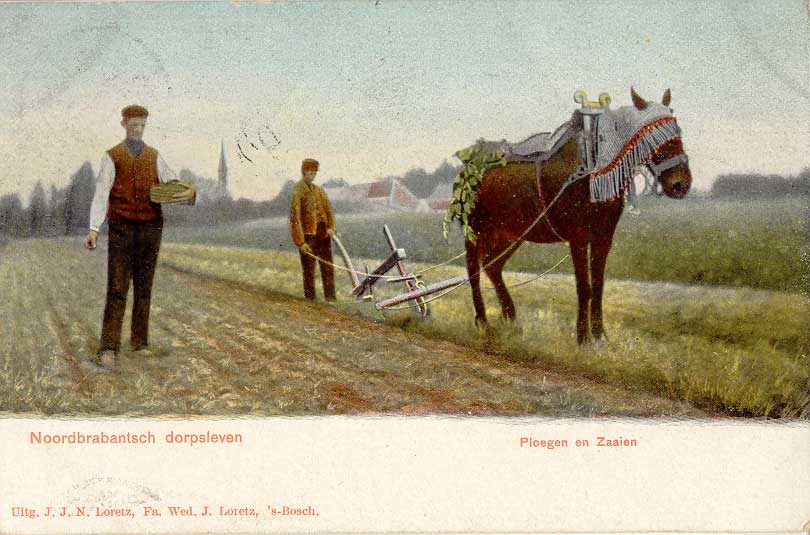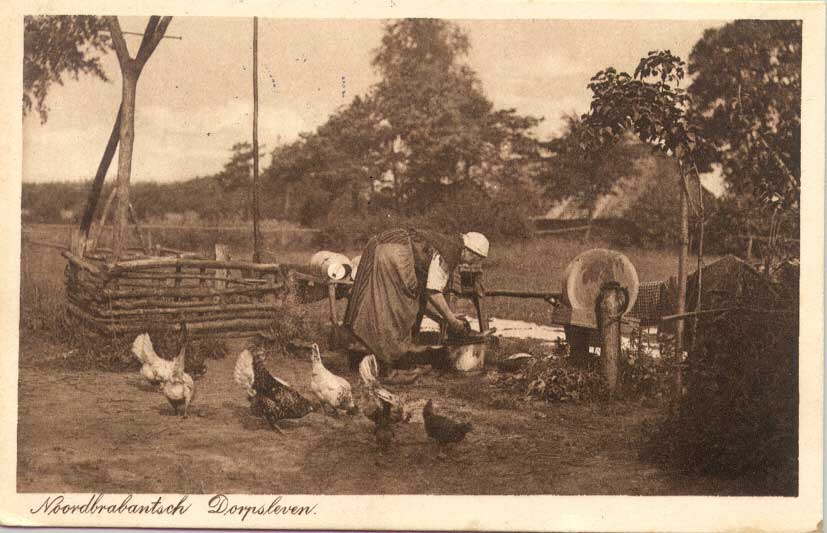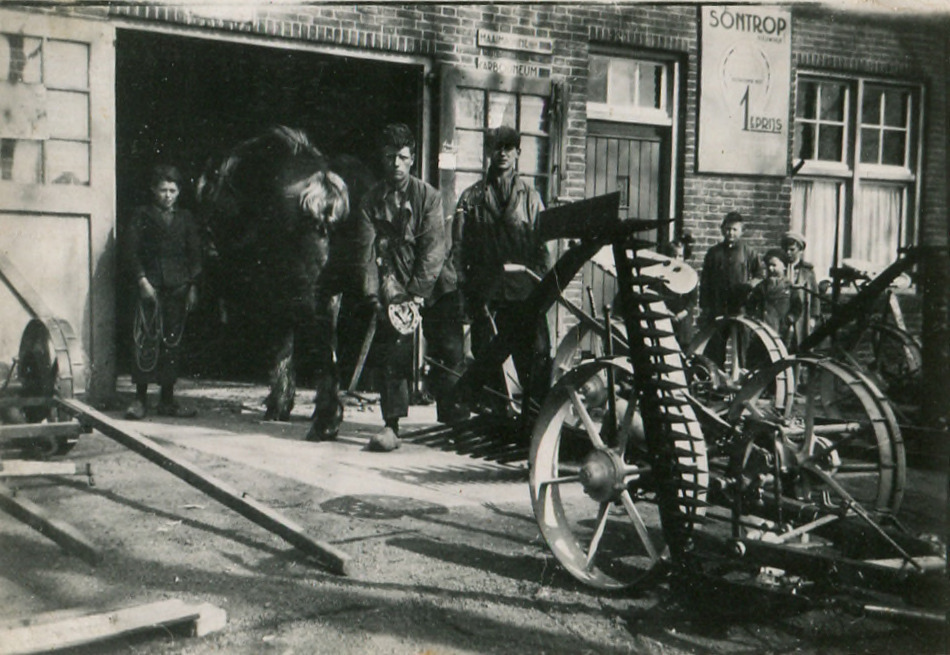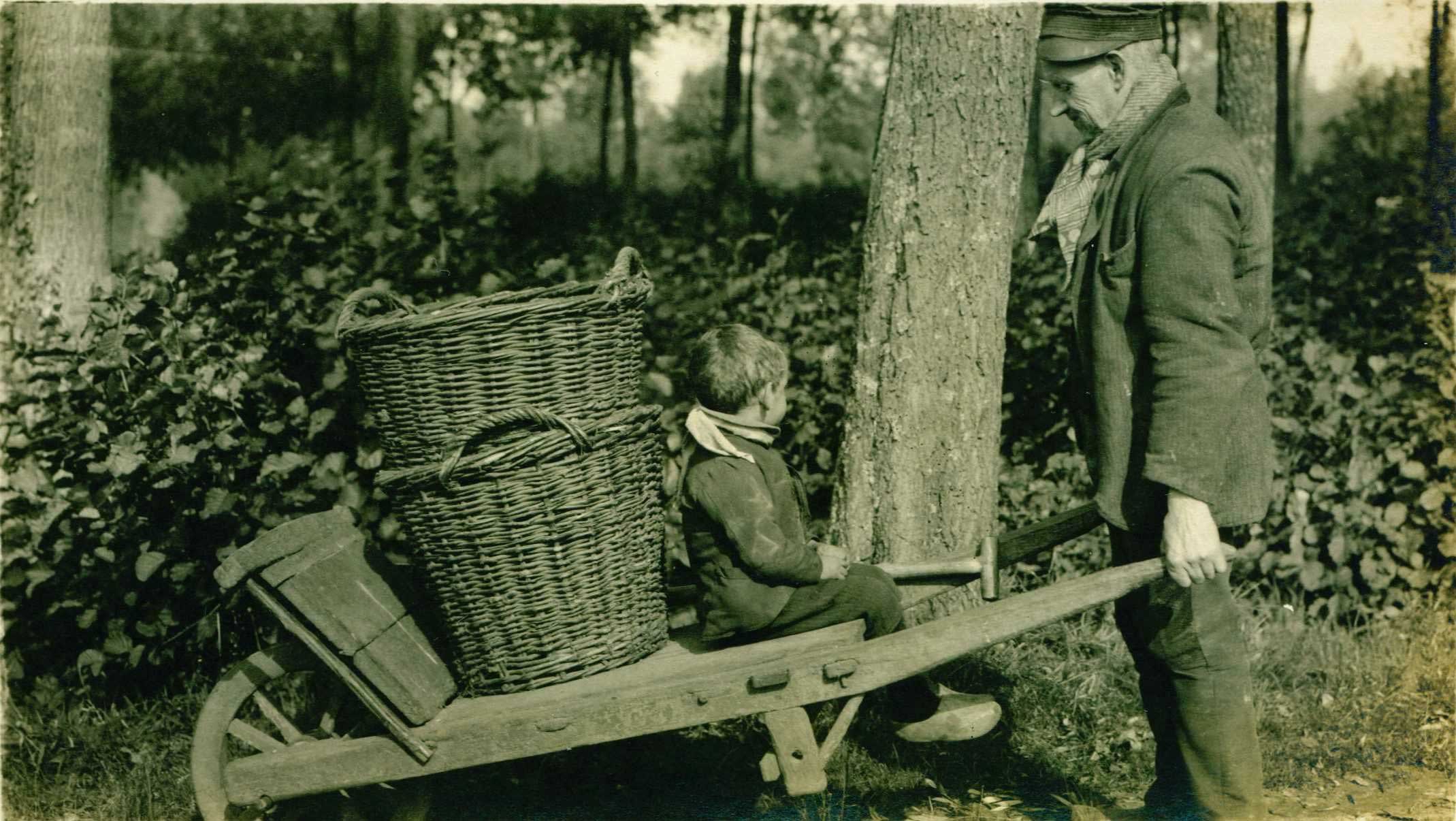
Chat is online op maandag t/m vrijdag van 10.00 - 16.00 uur en van 19.00 - 22.00 uur.
Op dit moment zijn we offline. Je kunt je vraag stellen via e-mail of WhatsApp: 06-12887717 (alleen berichtjes)
Meer informatie over de chat-service? Klik hier


Chat is online op maandag t/m vrijdag van 10.00 - 16.00 uur en van 19.00 - 22.00 uur.
Op dit moment zijn we offline. Je kunt je vraag stellen via e-mail of WhatsApp: 06-12887717 (alleen berichtjes)
Meer informatie over de chat-service? Klik hier


Many mills were placed on the border of two or three municipalities, so that a miller could serve as many customers as possible. Most millers lived in the windmill or in rooms attached to mill. A windmill only runs well when the blades are straight into the wind. Since the wind always comes from a different direction, the blades must be able to be adjusted. The entire mill cap, where the blades are attached, can be rotated, and turned into the wind. The “putting in the wind” of the mill blades is called crowning. Crowning was initially done by hand but in the 20th century, steam, engine, or electric drive was used.
On many Brabant streams and rivers, many a mill was not driven by wind but by water. The flowing water generated the wheels for grinding grain or pressing oil. Farmers were often not happy with these mills, because the water had to be collected by a weir or dam in order to provide the water wheel with sufficient water. As a result, farmlands became flooded when there was too much water. Many water mills have disappeared and been replaced by windmills.

During the Second World War, many mills were destroyed or demolished. Mills were then replaced by more efficient machine-driven mills. The mills that still stand in the Brabant landscape have become monuments to the past and the tradition of grinding is maintained by enthusiasts as a hobby. Around 1850 in the Netherlands, there were 10,000 windmills in use and there are about 1,000 still standing in the Netherlands today.
In the Netherlands, the stationary position of the sails, when the mill is not working, has long been used to give signals. If the blades are stopped in a "+" sign (3-6-9-12 o'clock), the windmill is open for business. When the blades are stopped in an "X" configuration, the windmill is closed or not functional. A slight tilt of the sails (top blade at 1 o'clock) signals joy, such as the birth of a healthy baby. A tilt of the blades to 11-2-5-8 o'clock signals mourning, or warning.

The Brabant farmer was almost completely self-sufficient and consisted of mixed farm products intended for his families use and to feed his animals. Rye, oat, and buckwheat were grown, and the small farmers had cattle and dairy cows. Sometimes a farmer had a surplus that he could sell. This was often done from home to other farmers and citizens, but he could also go to the market in one of the larger villages or the city. Especially residents from villages near a city took advantage of the opportunity to sell their products to the city dwellers. Brabant agriculture in late 19th Century could be divided into three mixed farming systems: dairy farming, three field concept and the Flemish-style. Three field concept used traditional crop rotation with the three fields and sheep/goat herding in the heathlands. Flemish version of the three-field style emphasized livestock which provide manure for the farmer’s fields. In some villages there was a municipal meadow/pasture for under privileged workers.

Many cities in the greater Brabant area had a weekly market on a fixed day. Smaller cities did not have a weekly market but held a market once a month or sometimes even every quarter. At such a market, for example, the farmer sold milk, butter, cheese, eggs, vegetables, fruit, and flowers. He earned some money to buy craft products or specialty items which he could not make himself. Many families combined farming with home spinning and weaving.

The road to the market was made on foot – basket under the arm – with the dog cart or with horse cart. The cart as a means of transport was often used by the entire neighborhood.

Much of the work on the farm was done in a central open spaced area. The yard, called the 'misse' in central Brabant, where the ground had become hard because it was constantly being walked and worked over. The yard was the primary work area for the home and was surrounded usually by barns and sheds, the orchard, the vegetable garden, and a piece of pasture. The yard would contain a water well, wood and haystacks and hedges. Many Brabant farmers practiced mixed farming and included twenty to thirty chickens. For these animals there was sometimes a separate chicken coop. Other animals included pigs and sheep.
On the picture postcard, the farmer chops straw with a cutting tray. There was also a grinding stone and the wood for the fireplace was chopped here. The yard was also the place to relax. Then the farmer and the farmer's wife would sit on a button chair or bench and do chores, such as peeling potatoes, knitting or putting socks on.

During autumn, all agricultural products from the land had to be harvested. Not only was corn harvested, but also the potato and beet crops. Of course, before tractors and mechanical devices, the harvesting of potatoes was done by hand. The tools used in harvesting were handmade by the blacksmith.

With carts, wheelbarrows, baskets and bags, the farmers, often helped by servants, family members and other farmers, went into the fields. First, the potatoes rows were carefully staked and run through with the plow to remove as much soil as possible to expose the potatoes. Then the potatoes were picked up by hand and put in baskets or carts. The beets, intended as animal feed, were harvested. They were pulled out of the ground, neatly laid out in rows, and stripped of the top foliage. The potatoes and beets were placed in a heap or stored and covered airtight after harvest.

